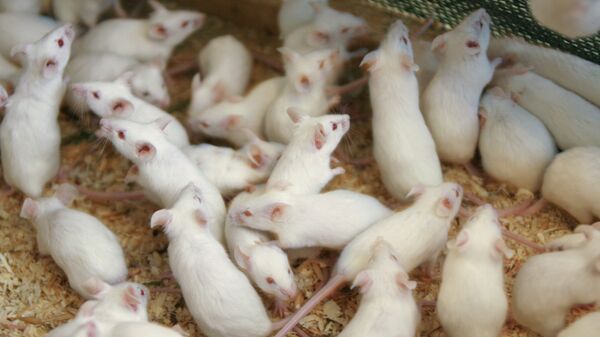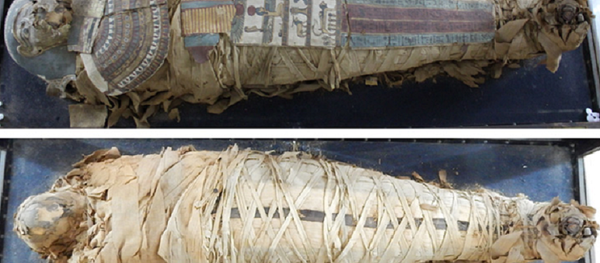Even though mice have been intensely studied for ages, they still don't stop to amaze scientists. To attract their loved ones, rodents create ultrasonic sounds that cannot be heard by human ears. The mice do it in a very special way, they don't use their vocal folds, revealed an international group of researchers.
"Instead they point a small air jet coming from the windpipe against the inner wall of the larynx. This produces an ultrasonic whistle," explained Associate Professor at the University of Southern Denmark Dr. Coen Elemans, senior author of a new study.
In the study published in Current Biology magazine on Monday, the researchers proved that the vocal folds remained completely still while a mouse "sang," using ultra-high-speed video at 100,000 frames per second.
The researchers also supposed that these ultrasonic squeaks could be made by other animals in the same way; for example, bats could produce these sounds to echolocate.
What's more, the researchers found out that ongoing studying of this mechanism could even help understand such human disorders like speech stutters and autism.


